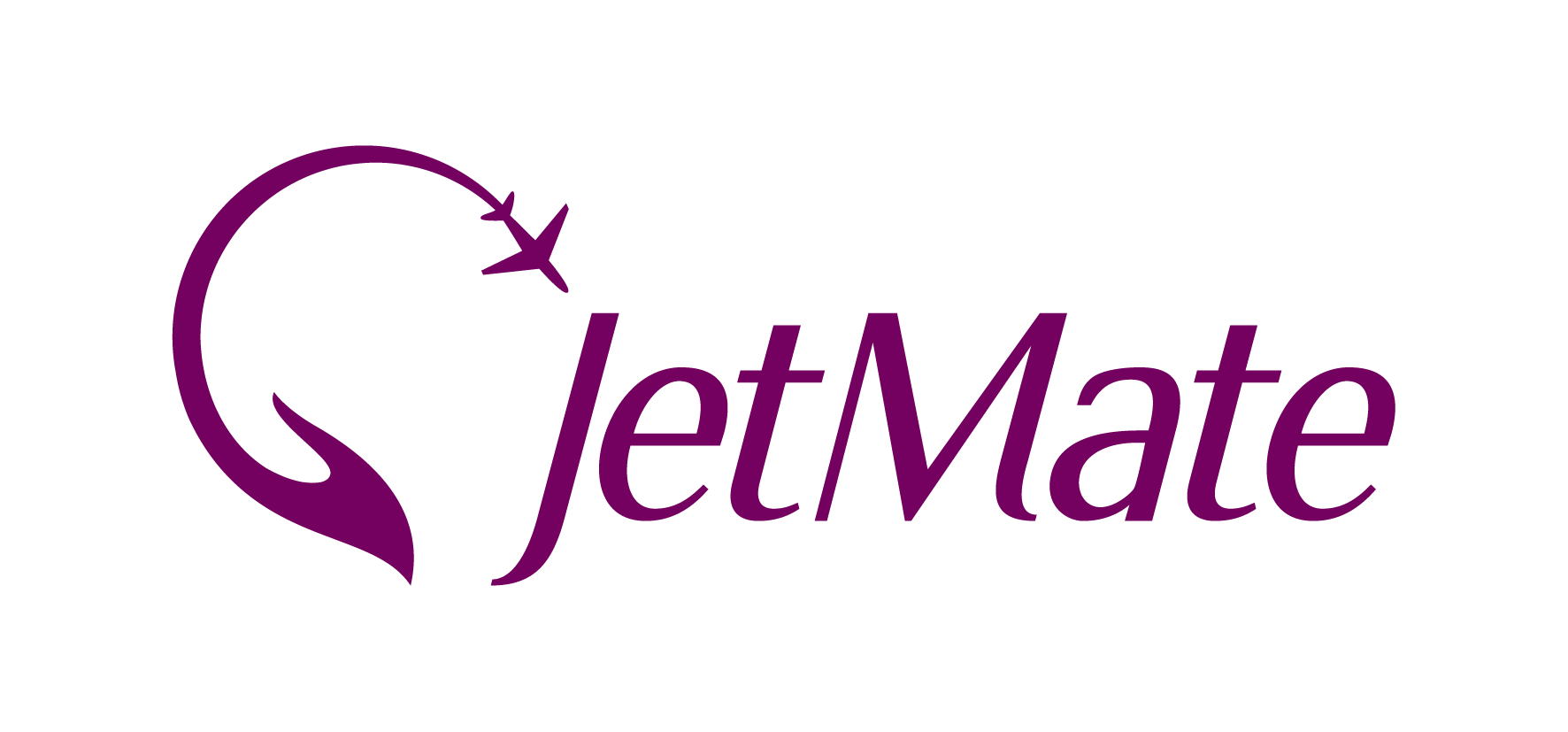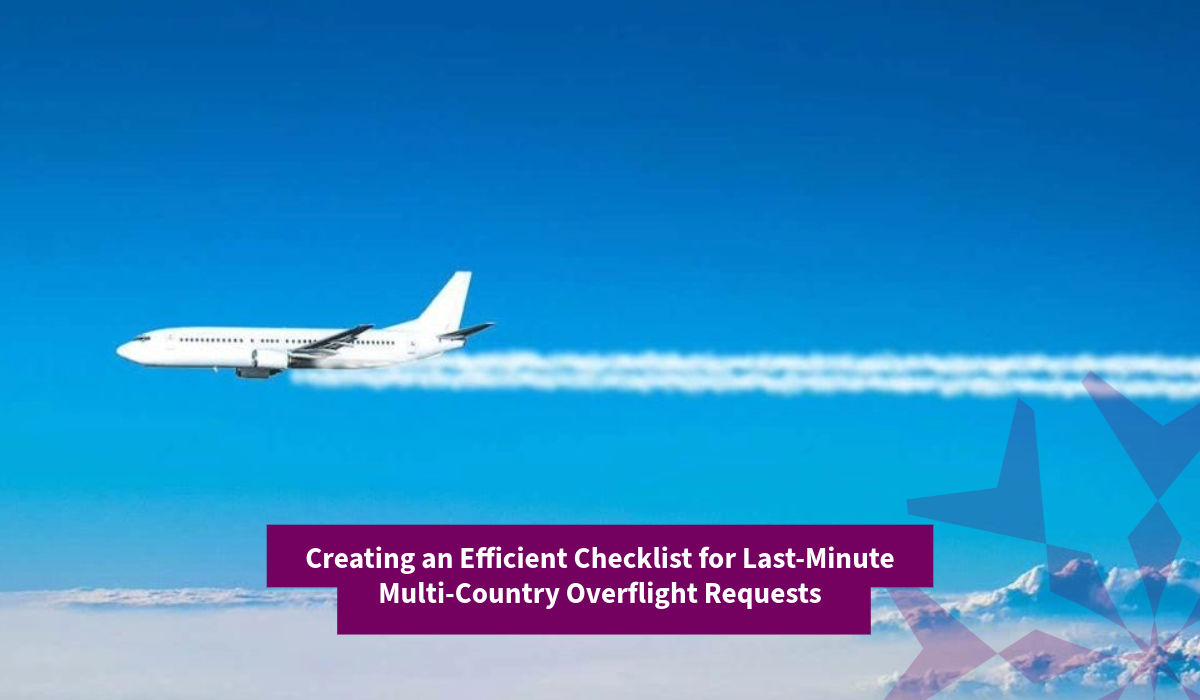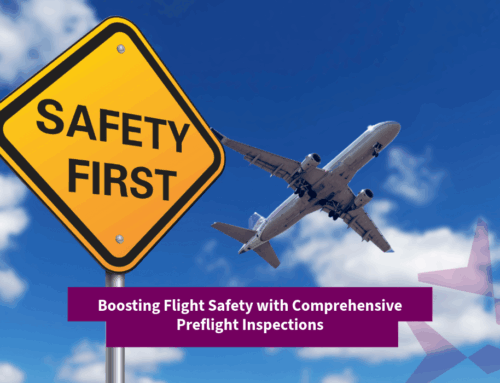Creating an Efficient Checklist for Last-Minute Multi-Country Overflight Requests
Managing overflight requests across multiple countries can be challenging, especially when operating on short notice. A well-structured checklist can streamline the process, reduce delays, and ensure regulatory compliance. Here’s how to build one effectively.

1. Identify All Countries Involved
-
List each country you plan to overfly.
-
Note specific airspace restrictions, fees, or permissions required.
-
Include country-specific contact details for aviation authorities.
2. Gather Documentation Requirements
-
Confirm which documents are mandatory for each country, such as:
-
Aircraft registration and airworthiness certificates
-
Pilot licenses and medical certificates
-
Insurance and third-party liability coverage
-
-
Prepare templates to quickly assemble this information for each request.
3. Check Regulatory Timelines
-
Different countries may require different lead times for approvals.
-
Include a column in your checklist for the earliest and latest submission dates.
-
Highlight countries with longer processing times so they can be prioritized.
4. Confirm Routing and Airspace Restrictions
-
Note restricted areas, temporary flight restrictions (TFRs), and no-fly zones.
-
Include alternative routes in case of last-minute changes.
-
Verify if specific equipment (like ADS-B or TCAS) is mandatory in any airspace.
5. Determine Fees and Payment Procedures
-
Record overflight fees and payment methods for each country.
-
Track payment confirmations to avoid delays.
6. Assign Responsibilities
-
Clearly indicate who on your team is responsible for each country’s approval.
-
Include escalation contacts for urgent follow-ups.
7. Include Communication Protocols
-
List the official communication channels for submitting requests (email, online portal, fax).
-
Record response times and confirmation formats required by each country.
8. Maintain a Tracking System
-
Use a spreadsheet or flight operations software to track request status.
-
Include fields for submission date, approval received, and expiration of clearance.
9. Incorporate Contingency Steps
-
Identify backup routes or alternative airports if approvals are delayed.
-
Include instructions for rapid re-submission if requests are rejected.
10. Review and Update Regularly
-
Periodically verify country-specific regulations and contact information.
-
Update your checklist to reflect any changes in fees, airspace rules, or documentation requirements.






